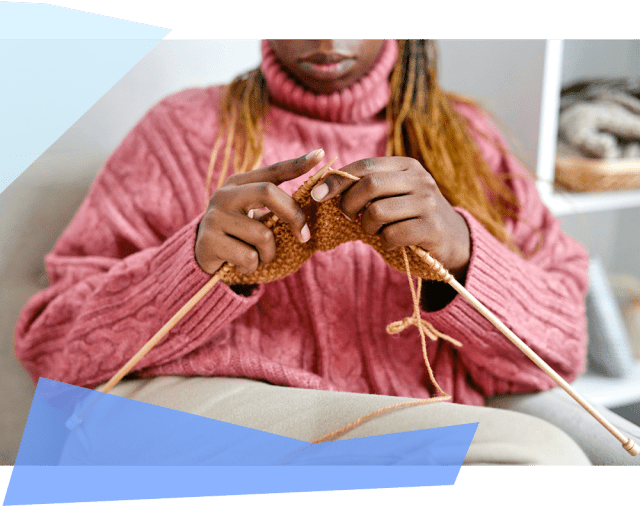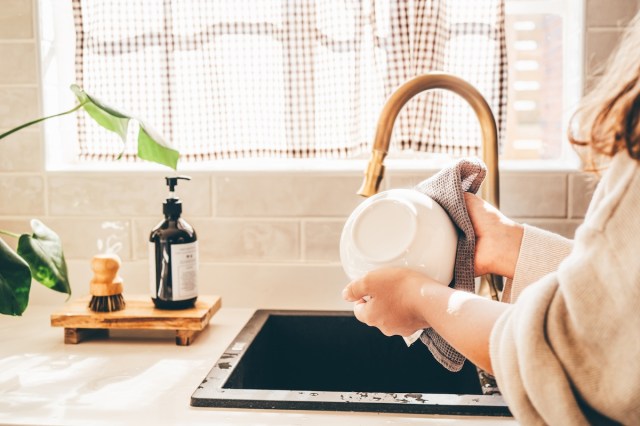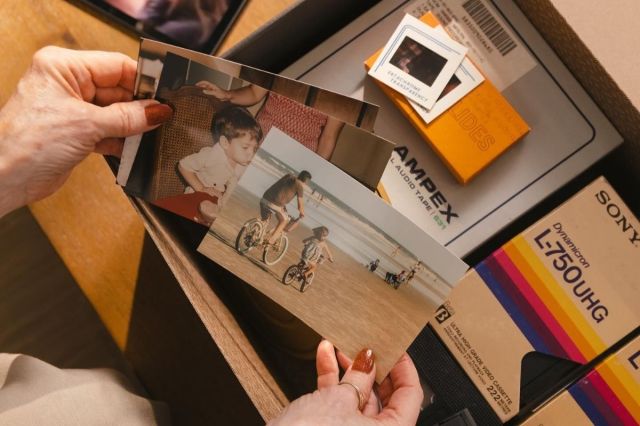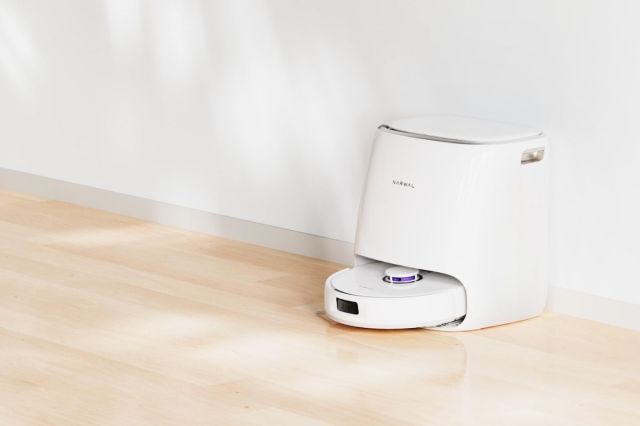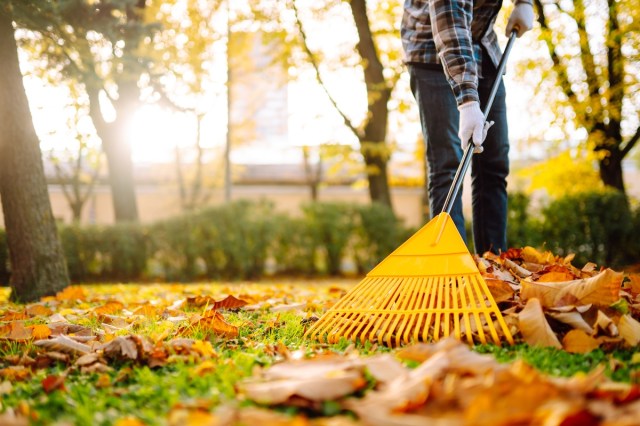All featured products and deals are selected independently and objectively by the author. Better Report may receive a share of sales via affiliate links in content.
Knitting gives you exciting new options to create lasting, thoughtful items. Like sewing, you get the benefit of making bespoke clothing based on your specific measurements, plus you can make handmade gifts for your friends and family. Knitted hats and scarves provide sentimental value in addition to warmth, and you can create knitted toys, ornaments, and magnets with the right pattern. I’ve taken up knitting recently to keep my hands busy and decrease my screen time. These are some of the items I bought initially, as well as recommendations (and tips!) from the knitting experts I spoke to about their preferred products for beginners.
Prices are accurate as of August 25, 2025. Subject to change.
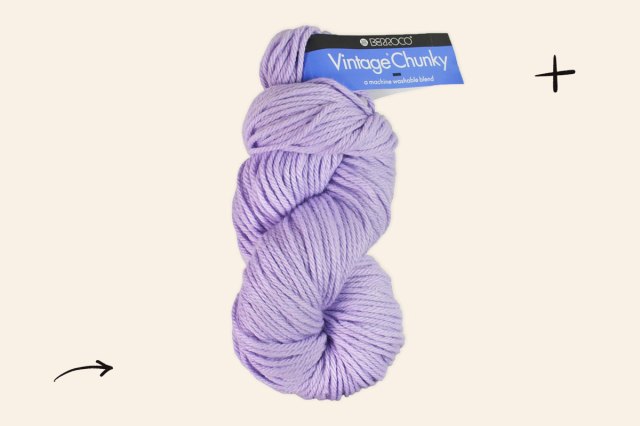
Plied Yarn
The most basic building block of knitting is the yarn that you use to create everything. Kate Rose, manager and knitting teacher at Argyle Yarn Shop, recommends getting skeins of Berroco Vintage Chunky Yarn. It’s half wool and half acrylic — a type of yarn known as plied. Rose recommends using plied yarn because it holds up better to lots of restarting. Part of learning to knit is accepting that you’ll make a mistake and can start over.
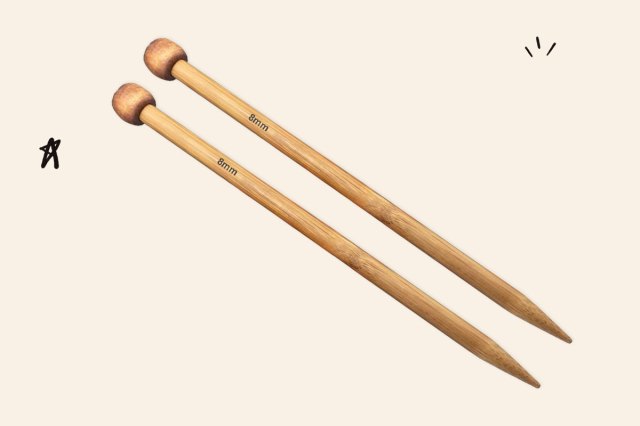
Knitting Needles
Needles are the second most important manufacturing piece of your knitting craft. Rose recommends her beginner classes use size 11 needles (8 millimeters wide). Certain yarns may require different sizes, but beginners tend to make their stitches tighter. Starting with a slightly larger knitting needle set makes it easier to create looser, more visible stitches.
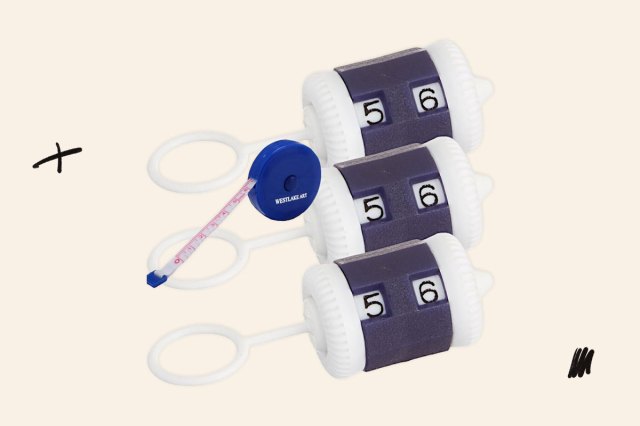
Row Counters
No matter what pattern you’re following, it’s a good idea to keep track of how many rows you’ve knitted. You may be working on something that changes stitches after a certain number of rows, like an intricate lace pattern. Instead of relying on memory or pausing to write down numbers, attach a row counter to your knitting needles. The numbers on the row counter are adjusted by wheels on either side like a combination lock. After finishing a row of stitches, turn the wheel.
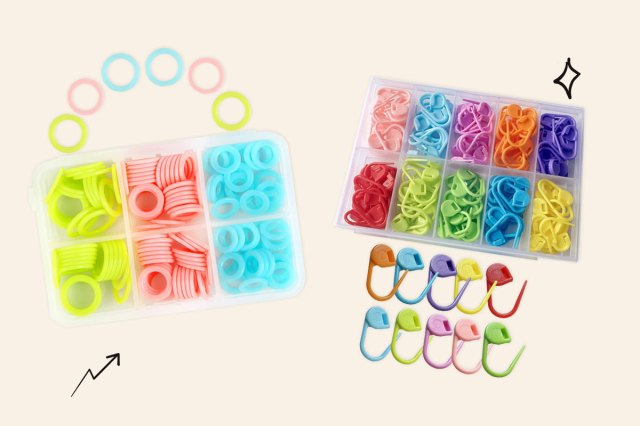
Stitch Markers
If you see the abbreviation “SM” in a knitting pattern, it’s referring to a stitch marker. These little tools mark the end of one stitch and the beginning of a new one. They’re useful if you’re working on a project with a large number of stitches per row. Place a stitch marker by every 10th stitch to easily keep count.
To use a circular stitch marker, slip it onto your left-hand needle. When you reach the stitch before you need the marker, work the stitch and slip the marker from the left to the right-hand needle, then continue stitching. For a locking stitch marker, just hook it onto the stitch you want to mark and remove it when you’re done, like a safety pin.

Project Bag
A soft, fabric bag is essential for neatly storing your knitting crafts. A portable bag also makes it easier to take your projects with you while traveling. A bag with multiple compartments for different types of yarn helps keep everything organized and offers a place to keep needles, scissors, stitch markers, and other tools in the outer pockets.
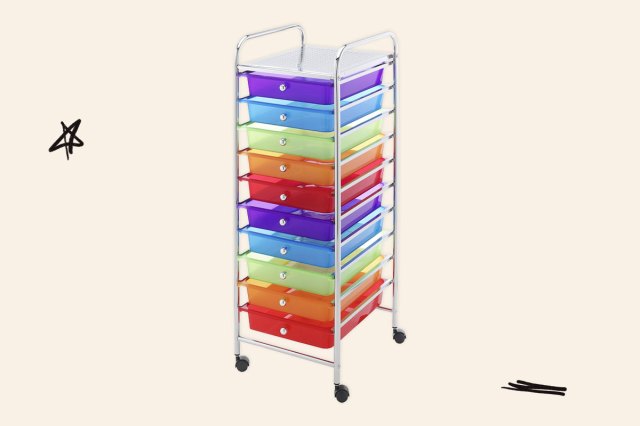
Craft Drawers
If you’re starting a knitting habit with limited space, Anna Yang, Operations Manager at Boojiawa, recommends using stackable bins or rolling carts. It keeps your items neatly separated and off your floor, reducing the physical imprint in your home, but you’ll still have plenty of space for your materials.
Reader Favorites
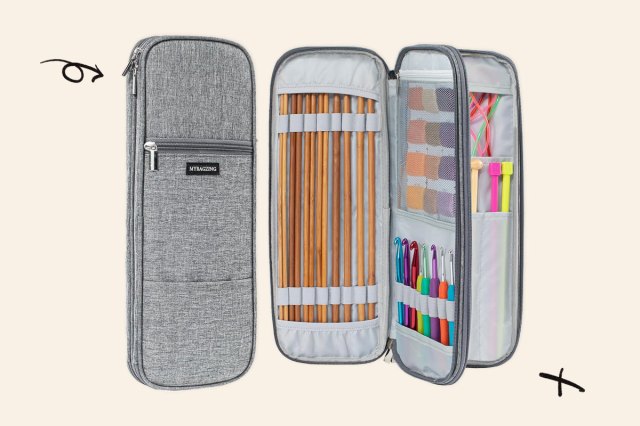
Knitting Needle Case
Once you start working on more complicated projects, you’ll need different types of needles to go with different yarn. With a good knitting needle case, you can also store crochet needles, stitch markers, and fabric measuring tape.
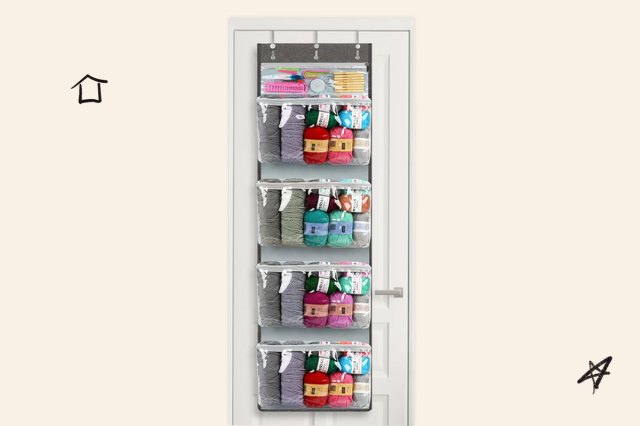
Yarn Organizer
The more you knit, the more yarn you’ll acquire for different types of projects. An over-the-door yarn organizer is a good space-saving and organizational option.
Picking a Beginner Project
You’ve got the tools, now where do you begin? For her beginner classes, Kate Rose never gives her students physical patterns. Their first project is a garter stitch scarf, which allows them to “focus on the repetitive physical movements rather than deciphering the jargon.” Anna Yang recommends a baby blanket because the pattern is relatively simple and adaptable to different yarns and needle sizes. Overall, knitting is best to learn by doing. Don’t worry about the end result right away. Knit squares and rectangles until you’ve got the method down. Even if you mess up and have to start over, which experts do all the time, it’s all part of the process.
Feature Image Credit: Unsplash+ via Getty images
More From Our Network
Better Report is part of Inbox Studio, which publishes content that uplifts, informs, and inspires.
